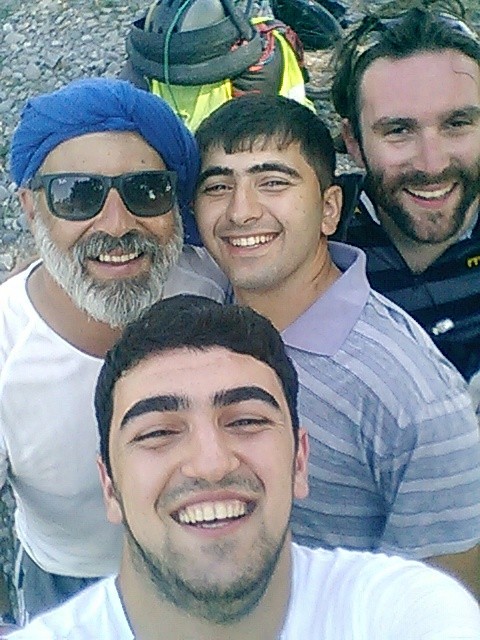
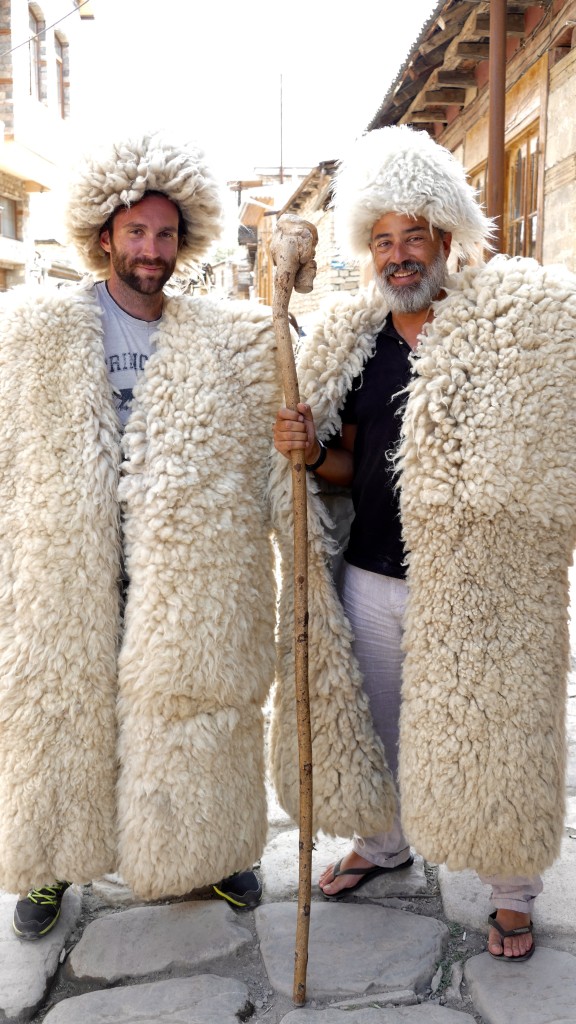
From Wikipedia, the free encyclopedia
Lahij (other spellings Lagich, Lahich, and Lahic) (Azerbaijani: Lahıc) is a village and municipality on the southern slopes of Greater Caucasus within the Ismailli Rayon of Azerbaijan. Population is approximately 860 people who speak the variation of Tati – Lahiji language of Persian language origin.
Lahij is a notable place in Azerbaijan, with its authentic handicrafts traditions, particularly related to copper. The village’s carpet and rug crafts are also well known in Azerbaijan and the South Caucasus. Lahij has an old sewage system (some experts claim that it was built 1000 – 1500 years ago). Due to frequent earthquakes local people have developed sophisticated and authentic construction techniques.
Lahij is one of the most ancient human settlements in Azerbaijan. The Lahij District is located in the Ismayilli region of the Republic of Azerbaijan, on the southern slopes of the Greater Caucasus Mountain Range at a height of 1211 meters above sea level.
The majority of the population of Lahij speaks the Lahiji language. The residents of the region are usually bilingual: as well as the Lahiji language, related to the Iranian language group, the Azerbaijani language is also widely spoken.
Being situated on the left bank of the River Ghirdiman and the slopes of the Niyal Mountain Chain, the settlement of Lahij is a unique living district, with its unusual planning lay out, transport systems, and its public, private and religious buildings. Lahij is an example of early urbanization and architecture, as shown by its cobbled streets and squares, together with its developed sewerage systems and water pipelines. Subterranean kurabandis (‘sewerage system’), made from river stones, and dating back to almost one thousand years, are thought to be one of the most ancient sewerage systems used in the world.
The residents of Lahij are divided into three categories, based on their craftsmanship: Baadvan, Azavarro and Araghird. Each of these categories has its own village square, mosque, hammam and graveyard. One of the most striking features of the urban look of Lahij, is the village square of each category, which, today, still has its specific role in the public life of the village.
Earthquakes frequently occur in the region, and, as a result, a specific style of building construction has developed – which include certain styles and techniques in crosscutting stone and installation of wood. The ancient dwelling houses in Lahij have remained unchanged, as, during the past centuries, there have not been any significant changes in the urban planning. The ground floors of houses built in the main trading street are used as workshops and trade rooms. The traditional interiors of these Lahij houses include decorative tableware and other items, placed in different sized holes in the walls (known in Azerbaijan as takhcha, chamakhatan) and on wall shelves.
During the Medieval Period, Lahij became an important centre of craftsmen in Azerbaijan. Lahij master craftsmen could create forty types of items related to Folk Art. These skilled craftsmen included jewelers, blacksmiths, carpenters, carpet makers, engravers, painters, tanners, shoemakers and bast shoe makers, sock weavers and others. Many valuable examples of the products of these skills are exhibited in famous museums and collections.
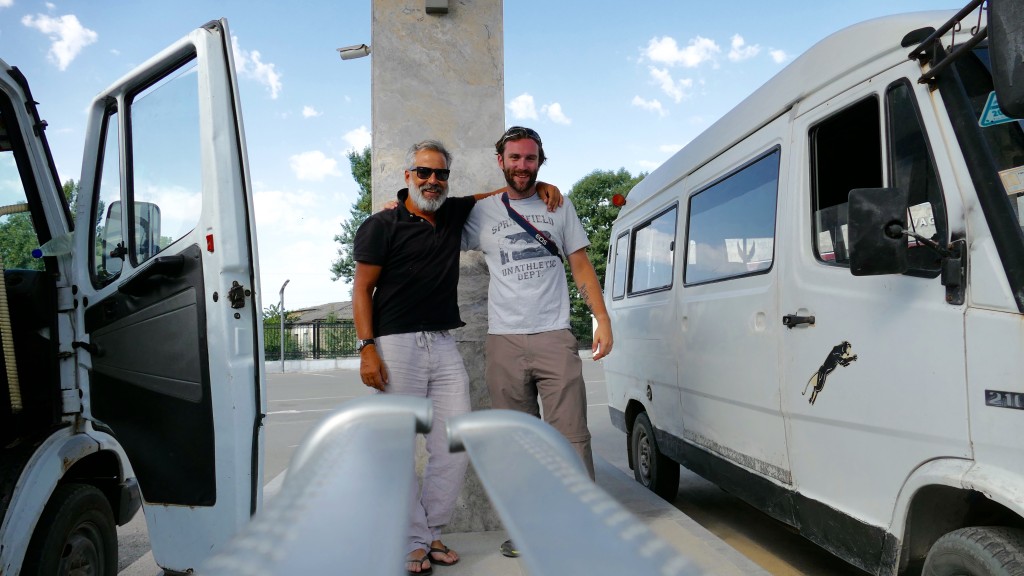
Leather goods’ manufacture was the second biggest craft skill in Lahij, after that of coppersmith. The local leather goods’ master craftsmen were expert in using shagren, tumaj and yuft as raw materials for various products such as shoes, belts, leather quilted jackets, book covers and bridles. Leather production in Lahij created suitable conditions for the development of other craftsmen, with associated skills – such as saddle makers, bridle makers, cobblers, hat makers and sheepskin makers.
There is a large collection of Lahij products in the Azerbaijan Museum of National History, which reflects the many different and richly made items produced by the Lahij craftsmen. Many similar items are also to be found in the Russian Museum of Ethnography (Saint-Petersburg) and the Museum of Eastern Peoples (Moscow). The Louvre Museum in France also has a collection of items from Azerbaijan, which include a copper pot manufactured in Lahij. The Museum of Bern has a collection of firearms and weapons of cold steel, manufactured in Azerbaijan, which includes rifles, swords and sabres, richly decorated with ornamental patterns and inlaid work.
The major part of the cultural heritage of the Lahij represents interpretations of Islam, as well as folk rites, traditions, ceremonies and celebrations related to pre-Islamic faiths. Included within this heritage are the intercultural and inter-religious communications that were understood by the then peoples of Lahij.
The development of international tourism, together with more knowledge about the people and cultures, has resulted in a gradual interest in the cultural diversity of the Region. Lahij, in recent years, has attracted the attention of many tourists visiting from countries worldwide and as a result Lahij is now included in the travel tours of several leading tourism agencies.
Lahij, due to its unique and original features, has, throughout its history, been a centre of gravity for writers, scholars, artists and filmmakers, and, today, the residents make considerable efforts to promote the Region’s cultural heritage. Manaf Suleymanov, the Azerbaijani writer and journalist, who was originally from Lahij, published a book, in 1994, entitled “Lahij: Ethnographic and artistic insight”. The natural and manmade beauties of the Region are reflected in the paintings by the talented Lahij artist – Agha Mehdiyev.
The interest of scholars in the heritage of Lahij has been always at the highest level, and both Azerbaijan and foreign experts have written research papers about this unique village.
Films about Lahij and its residents have been, and presently are, shown at international contests and film festivals. The film called Emanet (“Heritage”) directed in 2006, by filmmaker Shamil Najafzade, is dedicated to the unique culture of Lahij and to the current problems faced by its people. Lahij Pace (2008) directed by Fariz Ahmadov, was included in the competition at the Irpen Film Festival, which was held in Ukraine, and also at the 39th International Rushd Film Festival of Iran. This film received a prize and diploma at the Second International Festival – Turfilm-Riga-2009 – which is dedicated to films about tourism.
Both the State of Azerbaijan and the Lahij Community make continued and considerable efforts to preserve Lahij’s unique culture, applied arts and traditional system of arranging handicraft production, together with ensuring cooperation within both Lahij’s community and its neighbours.
Lahij was proclaimed a historical and cultural reserve by the decision dated 23 December 1980 of the Soviet of Ministers of Azerbaijan.
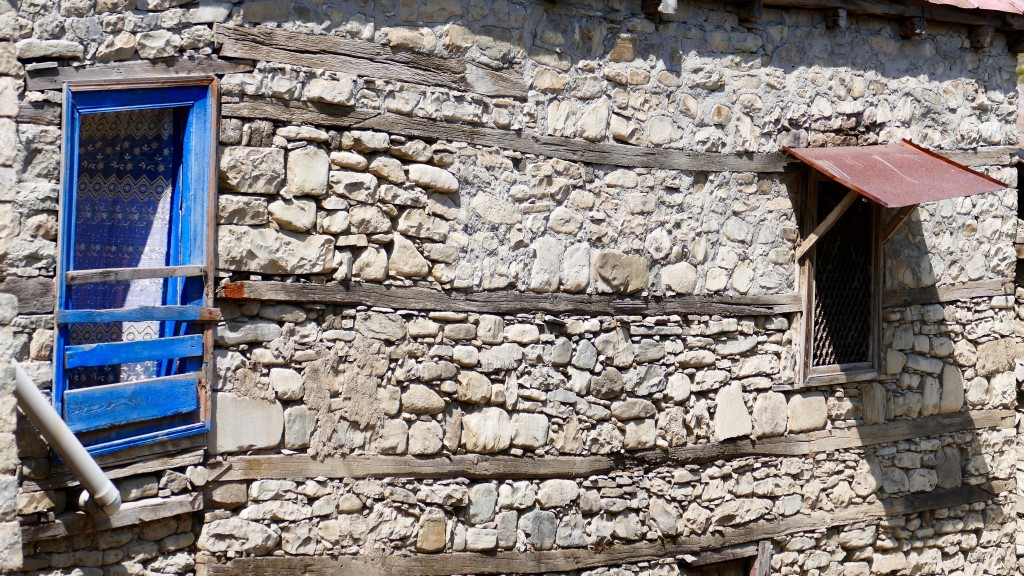
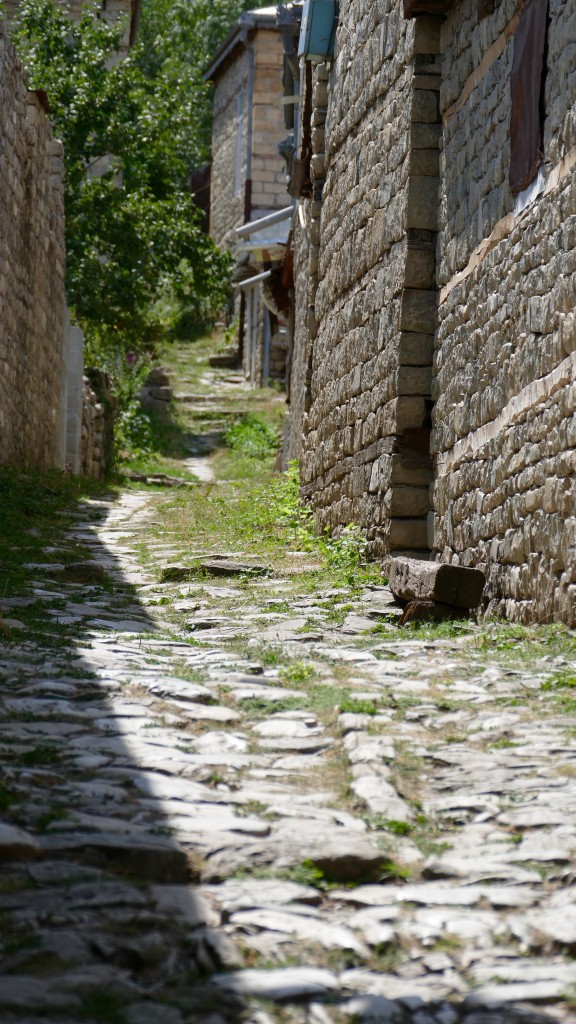
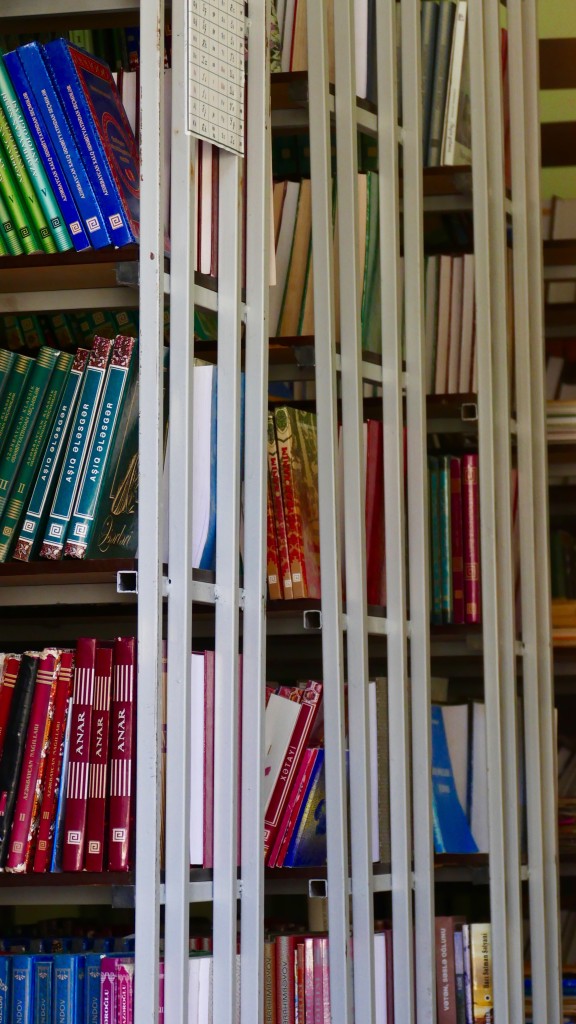
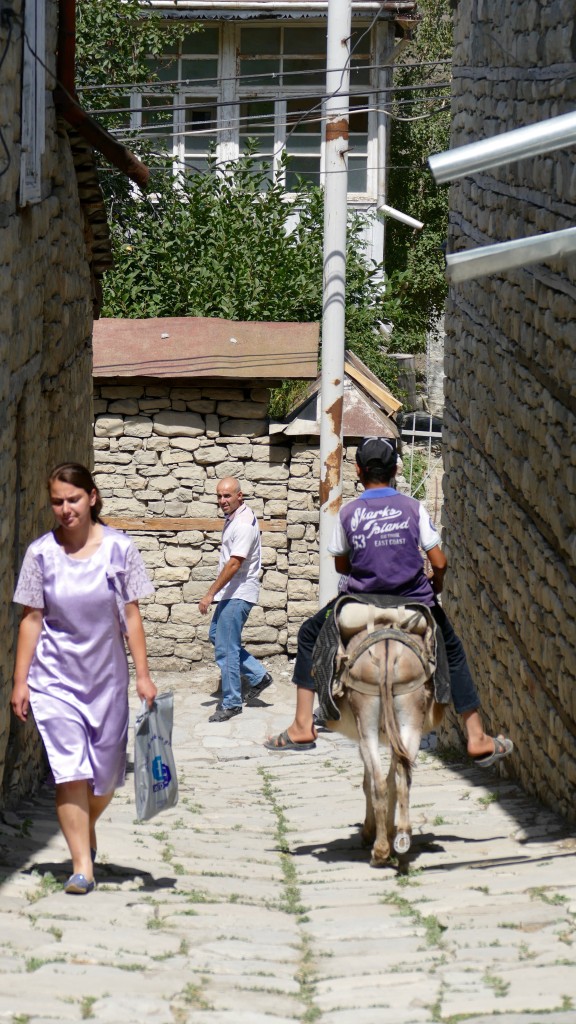
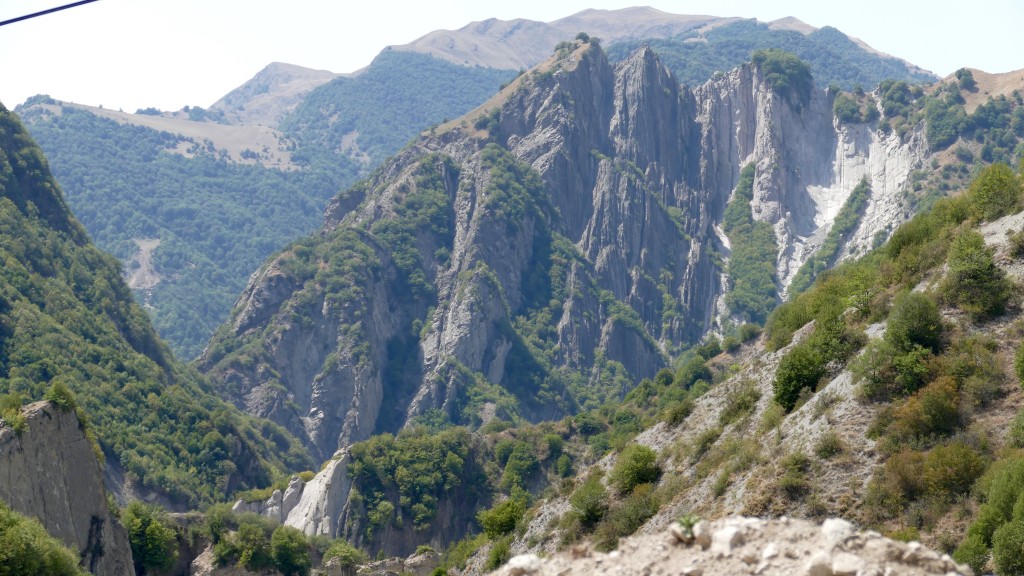
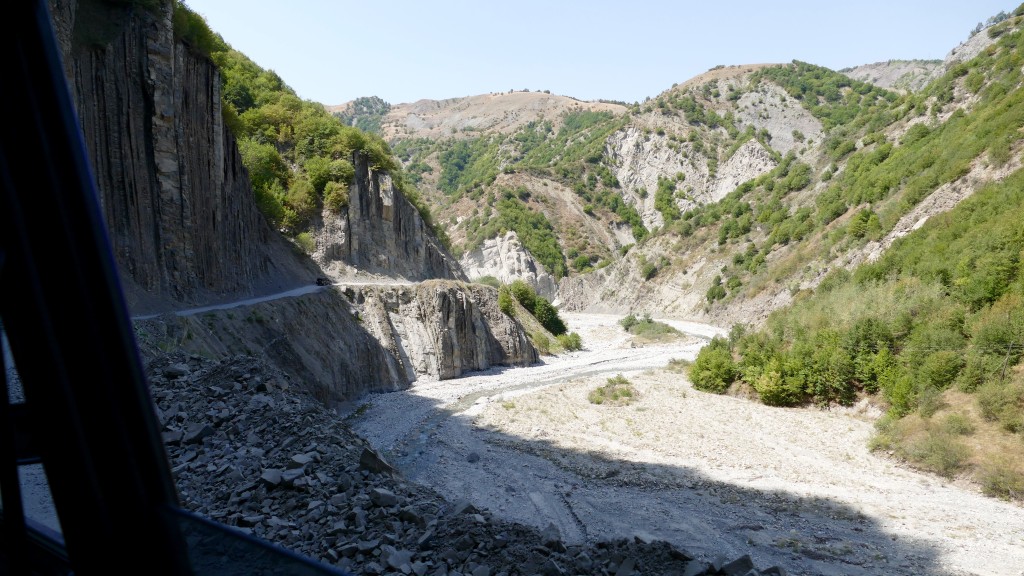
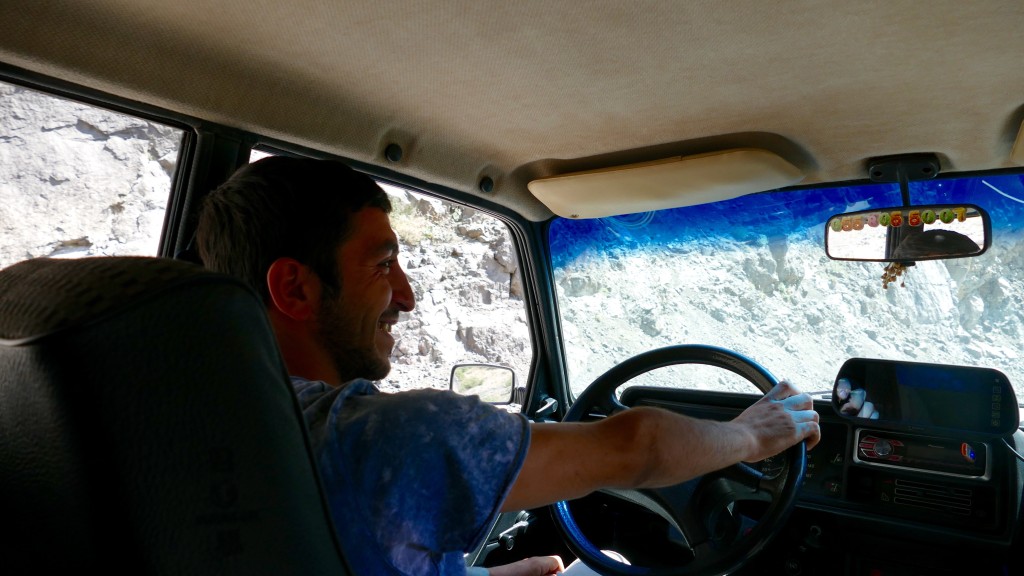
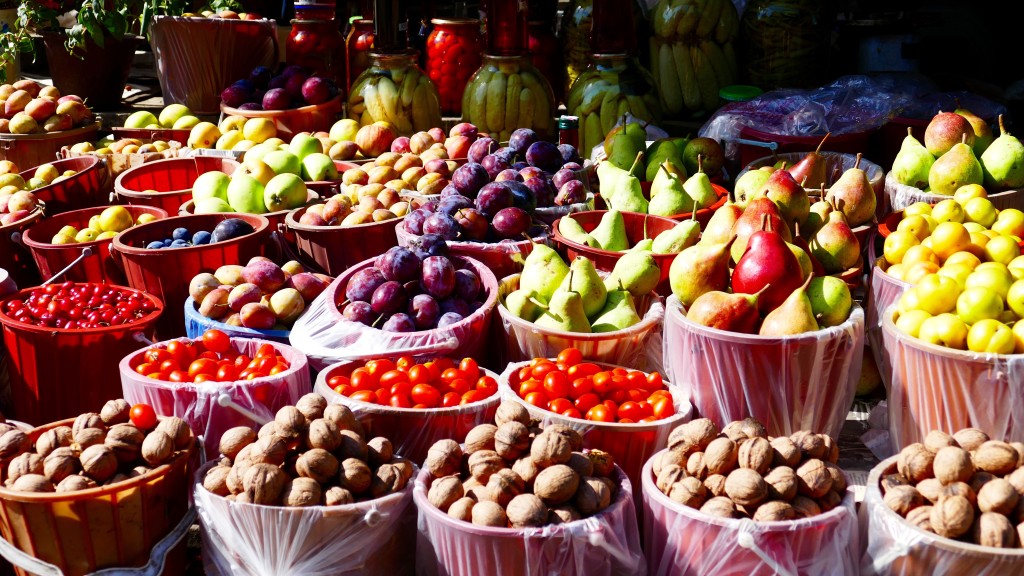
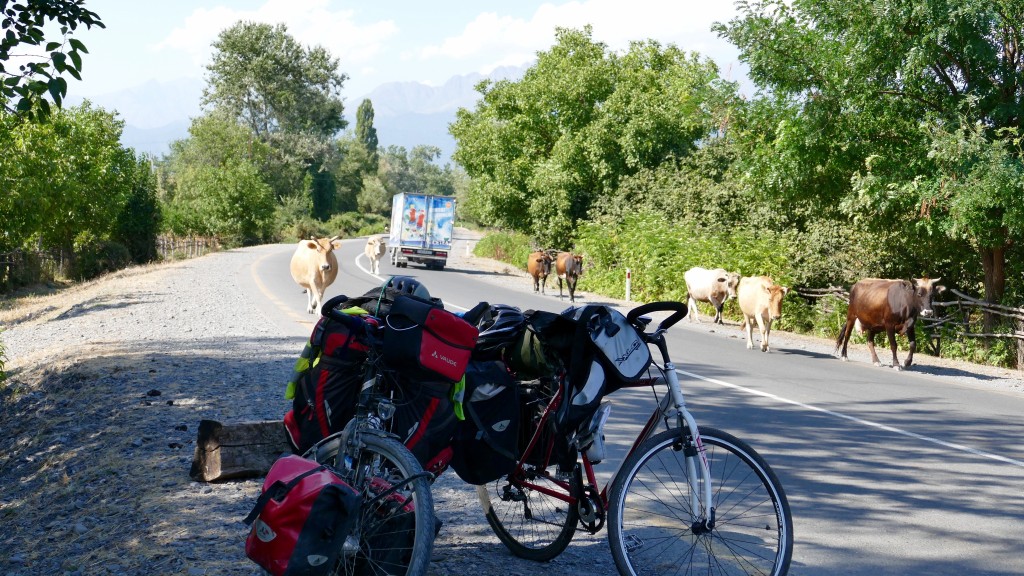
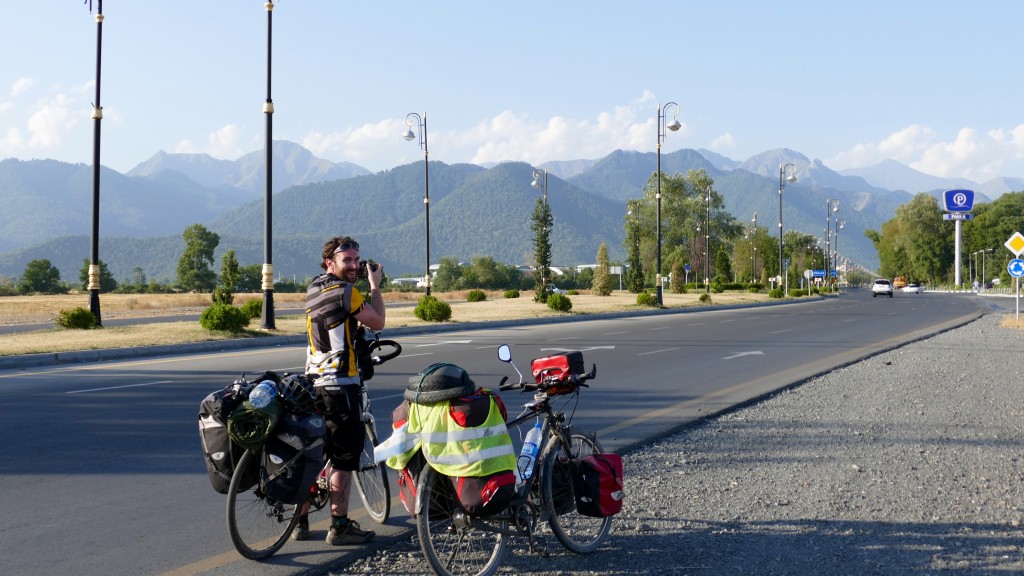
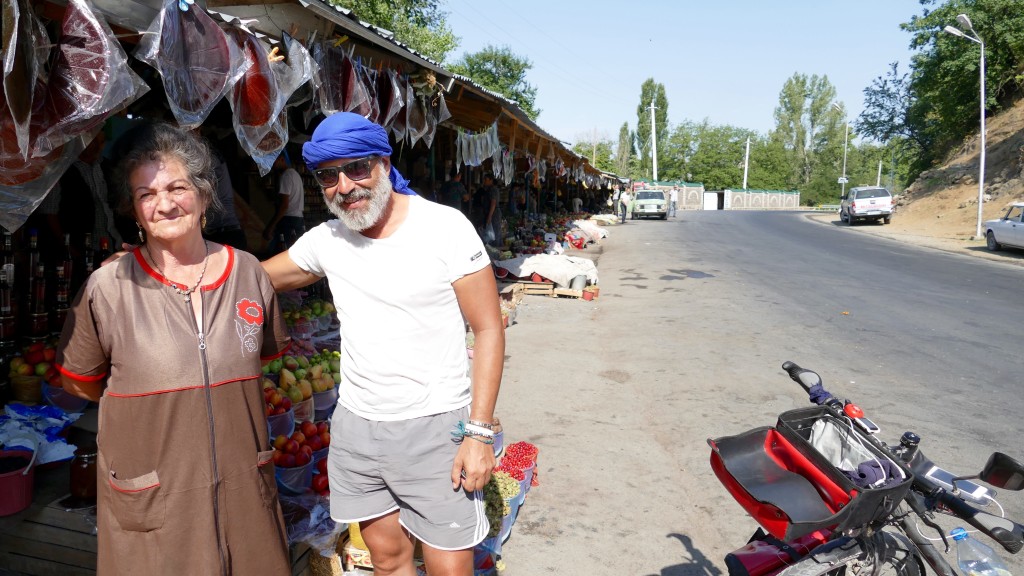
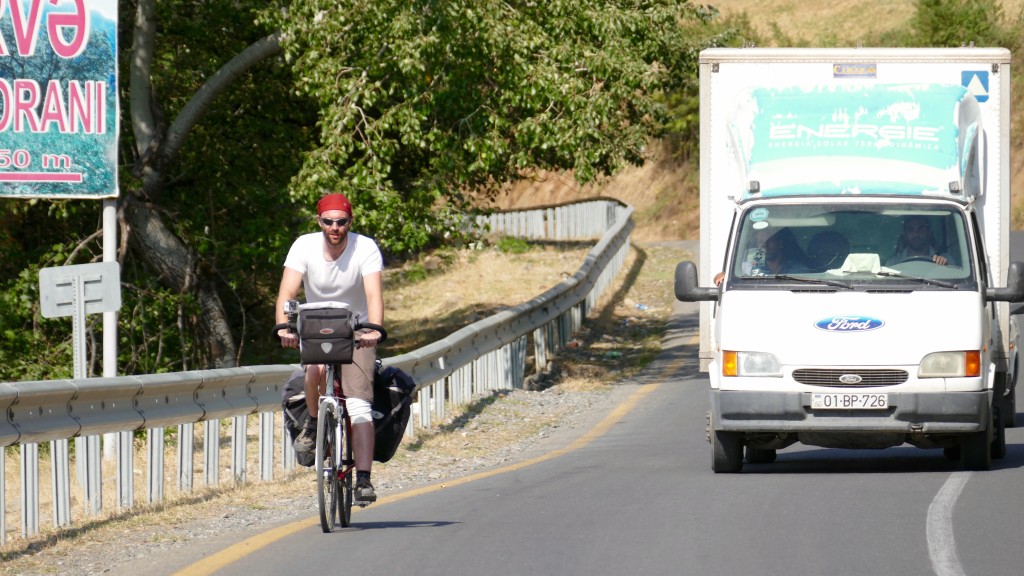

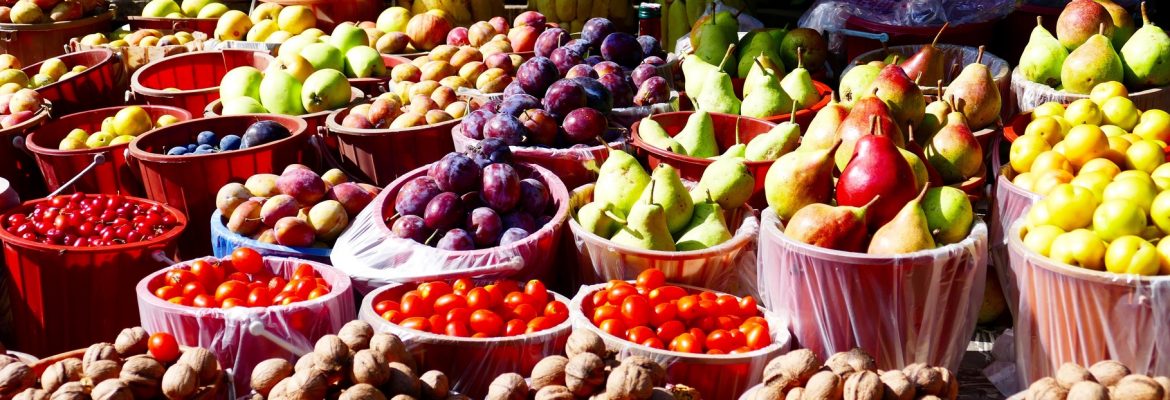



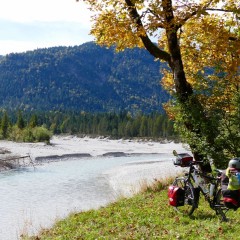
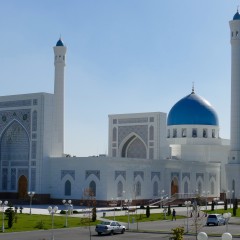
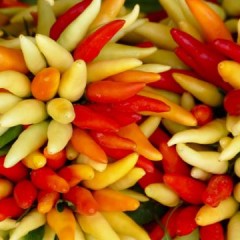
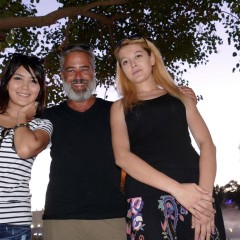
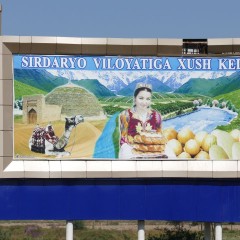
Dejar un comentario